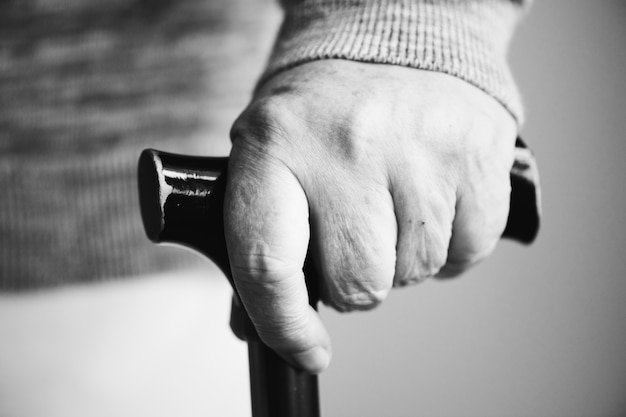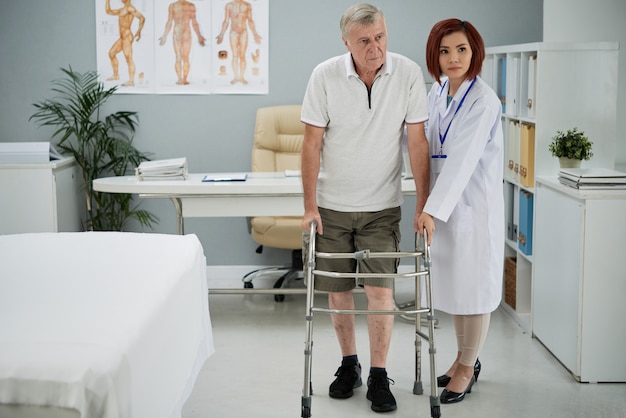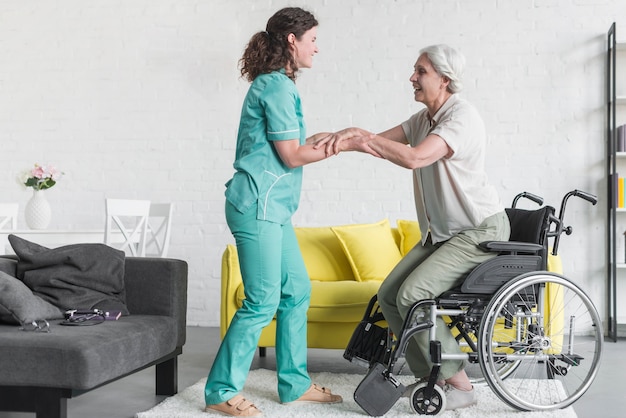Mobility is essential in our world to get almost anything done, and when we lose even a fraction of it, our whole life is disrupted. Technology has granted us the ability to go beyond these concerns by providing various types of mobility aids to bring back freedom and independence in doing everyday tasks.
This equipment that helps with your movement, or simply mobility aids, is used to help improve our balance and decrease the chances of falling while being able to do our daily tasks and maintain an upright posture. As mobility concerns are caused or are due to different things, there are also a handful of types of mobility aids. These vary from the amount of exertion from the person and the usage of upper and lower extremities. If you've been looking to learn about the different types of mobility aids or are in the search for one that is suited for you, continue on and learn about the 6 types of mobility aids to fit your needs:
1. Crutches
Crutches are used to take the weight off the lower body after an injury to the hip or leg. It distributes the weight to the upper body, which can be concerning for some people. Consulting a medical professional before deciding to use crutches is advised.
The most popular types of crutches are forearm crutches and axillary or underarm crutches. The main difference is where the weight is focused, whether on the forearm or underarms, respectively. Most people prefer forearm crutches because they are aesthetically more pleasing but may require more strength.

2. Canes
Canes are similar to forearm crutches and are used to support the weight of the body but cannot do as much as a crutch. These are used to transfer some weight from the leg to the upper body. it is most recommended for people who need help in balancing.
Some types of canes include forearm canes, white canes, and quad canes. Forearm canes offer extra support to the forearm and are used as a balancing tool. White canes are mainly used by visually impaired people to detect the objects around them. Quad canes have four feet at the bottom thus offering a more secure balance.

3. Walkers
Walkers are used for injuries that are non-weight bearing, meaning they do not require readjustment of weight around the body. These aids usually have four legs and are made of metal. These do not have wheels and are used by moving the walker forward and holding the handgrip to move closer to the walker until you reach your desired destination.

4. Rollators or Wheeled Walkers
Rollators, or wheeled walkers, are walkers that have wheels on the legs. Usually, these types of aids also have a seat where the person can sit if they need to rest. It also features a break for the wheels when the person using it is sitting or not moving.
5. Knee Scooters
Knee scooters are used by people with below-the-knee injuries and ankle injuries. These are used by using the healthy leg to propel the scooter forward while the injured led rests on the knee pad.

6. Wheelchairs
Wheelchairs are the one that is familiar to most and are used by people who cannot put weight on both legs, especially the lower limbs. Wheelchairs also cater to people with severe disabilities in any part of the limbs. To shop for wheelchairs, visit here.
When mobility is a concern, mobility aids will be important to help you navigate life with your condition and can help you literally get back to your feet as soon as possible. Hopefully, this list of different types of mobility aids can help you choose the right one for you.

